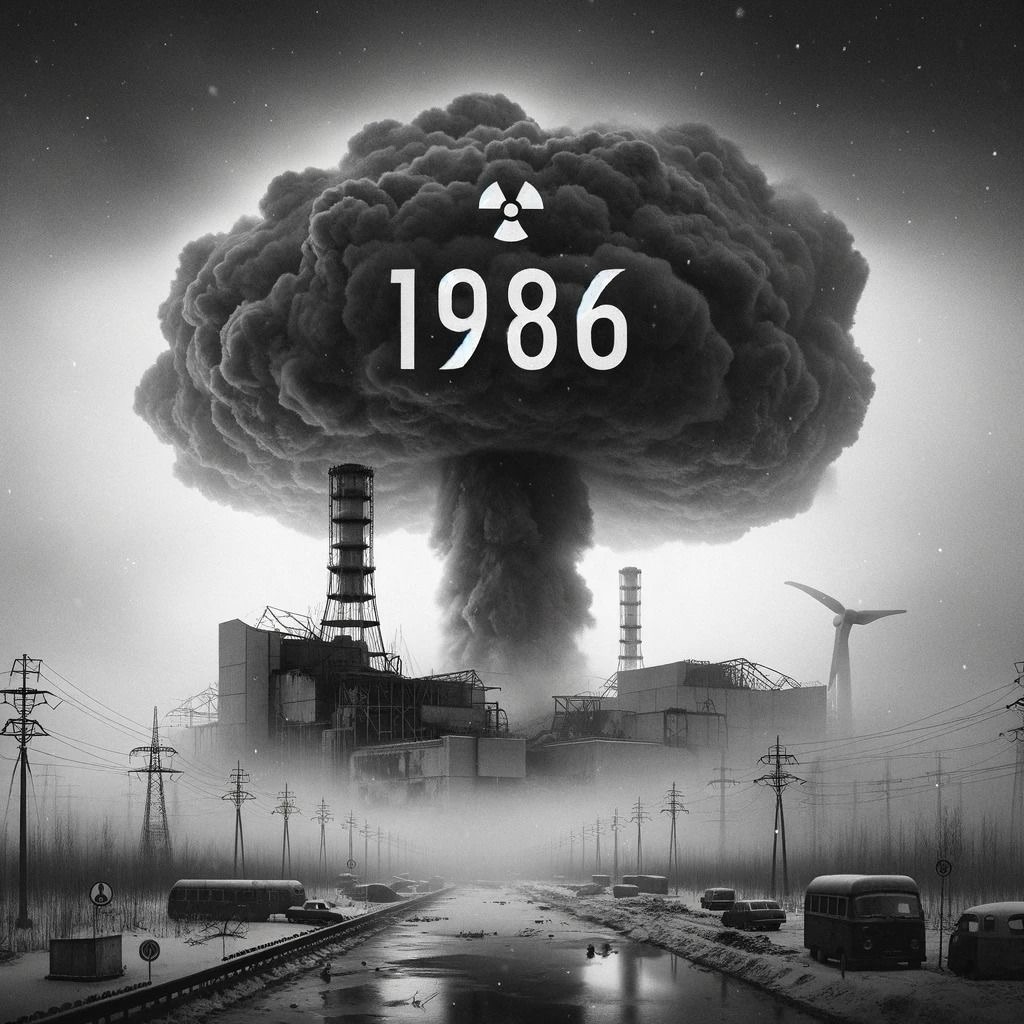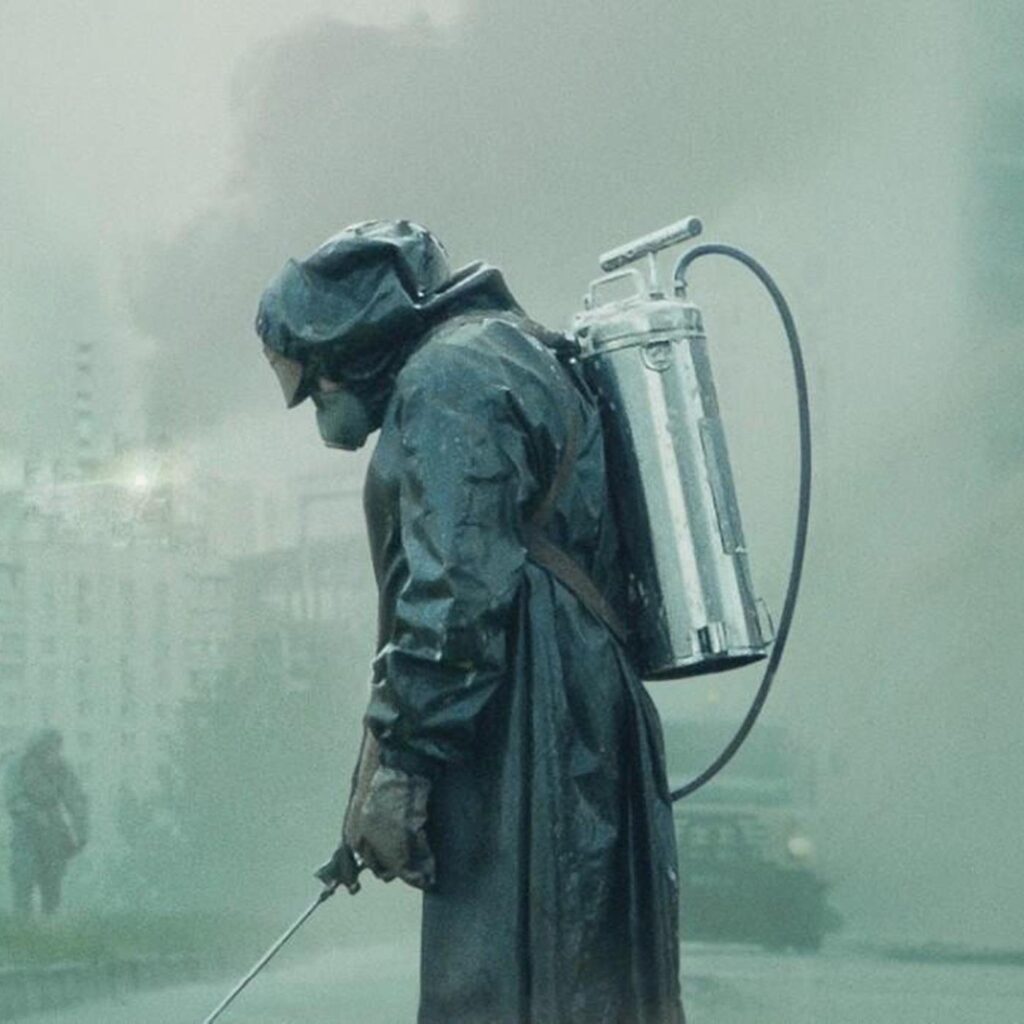
Introduction
The Chernobyl disaster, one of the greatest nuclear accidents in history, occurred on April 26, 1986. Massive amounts of radioactive material were discharged into the atmosphere by a catastrophic explosion at the Chernobyl Nuclear Power Plant in Pripyat, Ukraine (then a part of the Soviet Union), which affected millions of people and had a long-lasting effect on international energy policies.
This blog article looks into: Why did the Chernobyl accident occur? The consequences and valiant sacrifices that followed The long-term consequences for the environment and health Today, Chernobyl: A menacing legacy
What Caused the Chernobyl Disaster?
The Deadly Trial, The accident happened during a safety testin the Chernobyl plant’s Reactor 4. In the event of a power failure, engineers aimed to determine whether the reactor’s turbines could generate enough energy to keep cooling pumps operating. Critical Design Flaws & Human Errors
RBMK Reactor Design Flaw: Soviet reactors were unstable at low power because they lacked an appropriate containment structure. Safety Systems Disabled: Operators disabled important safety features in order to perform the test.
Power Surge & Explosion: The reactor overheated due to an unexpected power spike, resulting in two tremendous explosions that destroyed the 1,000-ton steel lid.
The Direct Effect: Fire & Radiation Release Radioactive isotopes such as iodine-131, cesium-137, and strontium-90 were released into the atmosphere as a result of the explosion. Firefighters who hurried in without protective gear risked lethal radiation exposure since the first responders were unaware of the situation.
2. Chaos, Cover-Up, and Heroism in the Aftermath
Soviet Secrecy & Delayed Reaction- At first, the Soviet government denied the disaster, only acknowledging it after radiation alarms went off in Sweden (more than 1,000 kilometers away).
The evacuation of Pripyat, a nearby city with a population of 50,000, was delayed by 36 hours. Many residents had already been exposed to radiation that may have killed them.
The Liquidators: Unsung Heroes To control the catastrophe, more than 600,000 workers (referred to as “liquidators“) were dispatched. – Acute radiation sickness (ARS) claimed many lives, and other illnesses had long-term consequences.
The Sarcophagus & Containment Efforts– To seal the reactor, a concrete “sarcophagus” was hurriedly constructed, but it was unstable. – To stop more leaks, a New Safe Confinement (NSC) structure was erected over the reactor in 2016.

3. Long-Term Impacts: Health and Environmental Repercussions
Fallout from Radioactivity Throughout Europe The radioactive cloud extended across portions of Europe, Russia, Ukraine, and Belarus. The 2,600 km² “Exclusion Zone” surrounding Chernobyl is still uninhabitable. The precise number of deaths attributable to radiation exposure is still up for debate, but the human toll includes cancer, birth defects, and generational effects. Particularly in children exposed to radioactive iodine, the number of thyroid cancer cases increased.
Birth abnormalities and genetic alterations have been documented in impacted areas.
Exclusion Zone Wildlife Despite radioactivity, wolves, deer, and rare birds flourish at Chernobyl, proving that nature has reclaimed the site. Nonetheless, it has been noted that animals exhibit genetic mutations.
4. Today’s Haunting Tourist Attraction: Chernobyl
HBO’s “Chernobyl” and Dark Tourism

The **HBO miniseries “Chernobyl” (2019) rekindled interest in the catastrophe on a worldwide scale. Visitors can now take guided tours around the reactor site and **Pripyat’s abandoned buildings.
Are We Safe at Chernobyl? Although short trips are regarded as low-risk, the majority of locations are still radioactive. The area won’t be completely safe for human settlement for 20,000 years, according to scientists.
Conclusion:
Chernobyl’s Teachings For nuclear safety, the Chernobyl accident served as a wake-up call. It revealed the perils of human mistake, defective reactor designs, and government secrecy. Chernobyl serves as a reminder of the importance of transparency, safety measures, and disaster preparednesseven if nuclear energy is still a major source of electricity. Chernobyl is now a ghostly monument to human error and a cautionary tale for centuries to come.
Additional Reading & Sources
Adam Higginbotham’s Midnight in Chernobyl
Serhii Plokhy’s Chernobyl: History of a Tragedy
HBO’s Chernobyl (2019) – A dramatized but thoroughly researched series
